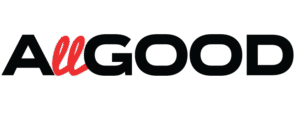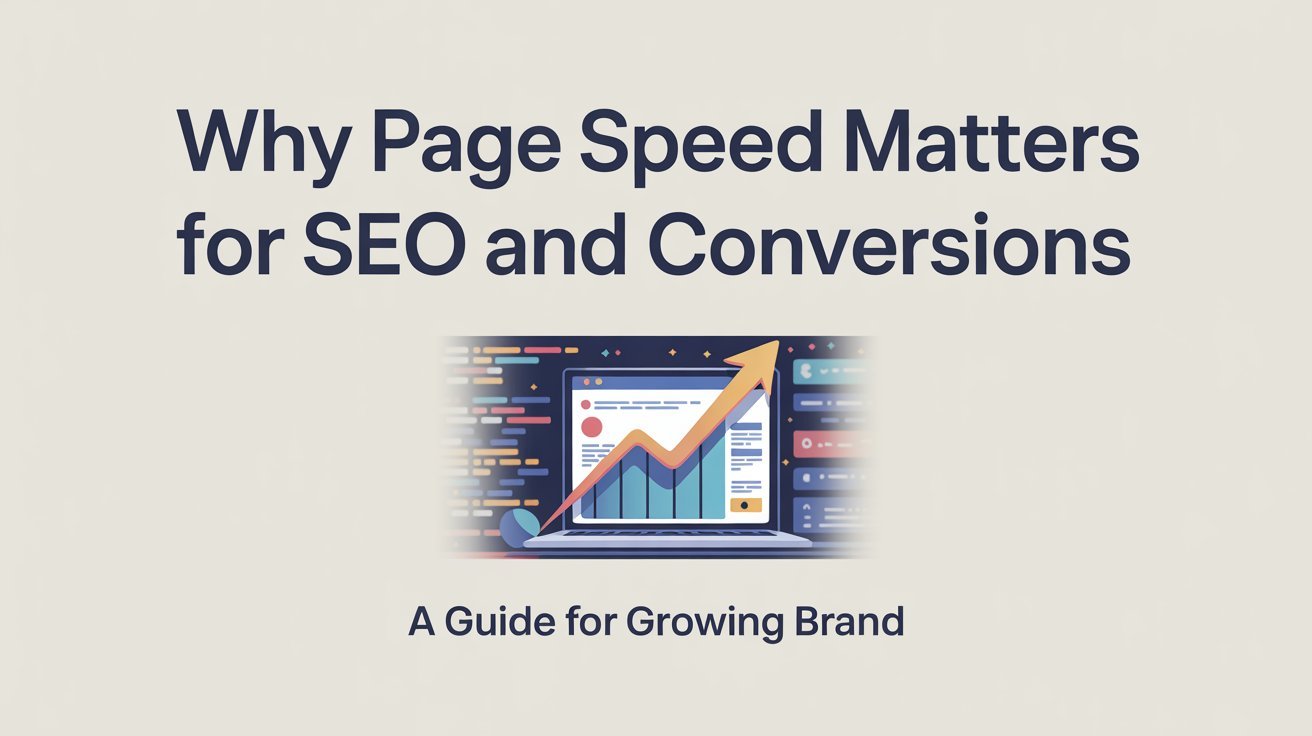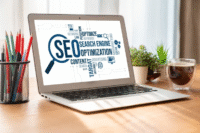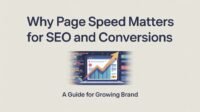Page speed is of high concern especially when it comes to the scaling of a SaaS business. Your customers will feel annoyed with your site loading slowly and this will slightly influence your search engine optimization (SEO) performance, premature termination, and accomplishment rates. It could be hurting your profits even at a time you are not aware of the problem that is occurring because there could be a long page loading.
The post explains the correlation of the page speed, search engine optimization and conversion optimization and what you can literally do to optimize the performance of the website by using key tools and metrics.
Why Page Speed Matters for SEO and Conversions
The page speed indicates how fast your site will load for another visitor when he or she clicks the site. An effective working site would mean that the user does not have problems when he is viewing and retains the visitor until longer and does not make many people say goodbye to all the things that are being noticed and adored by Google.
Google also states that page speed is among the factors to directly affect the ranking of a search result particularly in the mobile searches. On the accelerated site, you increase your chances to be on the first page of the search results according to the search engines. Besides SEO, the site speed problems also cause customers that be lost and sales. It has been ascertained that, in case a page awaits a minor minute of 1 second, the conversions reject 7%.
The Role of Core Web Vitals in Page Speed
Core Web Vitals have been developed by Google to help owners of sites inspect and improve their sites to meet the demands of users. This is good tidings for Google Page Experience upgrade and it greatly affects search ranking of a web page.
I have created a table that might show Core Web Vitals now and what will be transformed soon.
1. Largest Contentful Paint (LCP) – Loading Speed
What does it measure: The duration the main material (e.g. image or block of text) requires to display.
Superior time: 2.5 seconds and below.
What it means: The quicker your content loads, the quicker communication can occur.
2. First Input Delay (FID) – Interactivity
What it tracks: The duration used by the site to respond to the initial contact of a user (click, tap etc.).
Time: Best score is 100 milliseconds and less.
Update: There is a replacement of FID by Interaction to Next Paint (INP) also in March 2024.
3. Interaction to Next Paint (INP) – Responsiveness
What it is measuring: The Speed at which the site responds to all the actions.
Excellent score: everything runs smoothly to respond
Observed: A low persistence in the INP score indicates that it is satisfactory throughout.
4. Cumulative Layout Shift (CLS) – Visual Stability
How it works: It assesses the volume of content seen in motion when the page loads.
Time: The best is 0.1 or lower.
Why it is important: A layout shift will cause a bad user experience, especially on mobile.
How Core Web Vitals Affect SEO
Google has revealed that Core Web Vitals is used in the ranking of search results. Failure by your site to achieve these targets may result in your being positioned lower in the ranking , especially when he or she is involved in rivalry against other better websites which are well-optimized and well-functioning.
The mobile-first indexing has made the design of a mobile-friendly site very important. Given that almost all users own smartphones, such a smooth, fast and responsive experience will ensure that the site stays at the top in the search engines.
Practical Tips to Improve Page Speed and SEO
Optimize Images: Optimize images implies that with the coming generation of formats, it is possible to compress large images.
Permit Lazy Loading: permit yourself to be loaded up till recyclable parts to reduce the perceived load-time.
Minify CSS and JavaScript: Stop the parts of the code, which is not necessary to perform, and decrease the size of the sources.
Content delivery network (CDN): Content delivery network (CDN) according to it, is said to be a distributed system of servers, which can be used to support hosting part of the content to offer high availability and delivery performance to the end-users.
Accelerate the Response of the Servers: move, change, cloud application upgrade through migration of hosting.
Browser Caching: Store at the local location and do away with the reload on subsequent visits.
Brands that used Page Speed Optimization
The increase in the speed of the page may make a huge contribution to the provision of the customers with the better user experience, leading more customers to the decision of buying the product and augmenting the position of the specified web resource in the search engine. It has also proved profitable to some of the major brands to improve on the performance of their websites as seen in the following examples.
1. Pinterest: 60% Faster Mobile Site and 40% More Sign-Ups
In this year, Pinterest was in the course of enhancing the user experience of its mobile site in a very large scale. When the speed of the page boosted by 40 % and 60 %, the number of people registering on the platform increased by 40 % and 60 % respectively.
Important policies of optimization were:
- Reduction of the amount of time taken when loading each page of data
- Using React to enable the making of front-end pages functional.
- Increased CDN server delivery Increased Use of CDN
- Network and back end streamling and automation
- That type of the User-Perceived Wait Time (UPWT)
Thanks to it, Pinterest was able to gain users 40 % faster and get 15 % more organic search traffic which is not to mention 15 % more conversions. Their promotional campaign exceeded in its efficiency and may be called one of the most effective methods of Pinterest to make it possible to find new users.
2. Netflix: 50% Faster Homepage Load Times
- The company also capitalized on the performance of unlogged-in home page by some smart tricks.
- The use of straightforward vanilla JavaScript instead of other extensive JavaScript frameworks
- Reduced the size of the JavaScript bundle by more than 200kB
- One of the ways in which the page can be made to respond to the user 30 % faster is by making sure that HTML, CSS and JavaScript are preloaded.
- The user was more comfortable, easier to navigate to the site and there was an increase in the amount of sign-ups which is a direct confirmation that performance directly affects conversion.
3. Vodafone: 8% Increase in Sales from Web Vitals Optimization
The experience in Vodafone demonstrated that it is best to cooperate with Core Web Vitals and make the Largest Contentful Paint the goal.
- In its A/B test, it used two sets of landing pages.
- Web Vitals optimization helps increment LCP of the version A by 31 over the LCP of Version B.
- The modification of that page would make their sales shoot up by 8%.
Some researches have revealed that one of the factors leading to an enormous adverse impact is page speed. To suggest a greater understanding, an extra second of delay on the page load of ten % of the users of the BBC resulted in their departure and showing their lack of preference by the absence of performance.
Proven Optimization Tips to Boost Website Page Speed
Sites that have slow load times do not auger well with the user and this even tends to lower your SEO ranking. A fast site does not only mean that people will remain on your site, but also that you will be easily ranked on Google and the rest of the likes. The next are some of the means that will help in loading your site faster.
1. Minify HTML, CSS, and JavaScript Files
HTML, CSS and JavaScript code should be compressed. The procedure drops the extras, the line breaks, the comments and all that is not needed, in leaving only the code to do the normal working operation. Less heavy code will be organized such that efficiency of the website and the speed of the site to load will be increased. In case you do this manually, you are able to automate the process using the assistance of such tools as UglifyJS, CSSNano, or HTMLMinifier.
2. Compress Images and Serve Next-Gen Formats
Image compression plays a big role in fast-loading of a web page. Use WebP along with JPG and other image formats through which to optimize the performance of the websites. Images saved in WebP could reduce the size to that of PNG or JPEG by 26 % and reduce loading web page time. Otherwise, in case they are in pictures, we can peep at TinyPNG or ImageOptim with feeds and Squoosh, and similarly, in the aspect of videos, you may wish to see HandBrake which does not affect their quality.
3. Use a Content Delivery Network (CDN)
A Content Delivery Network will make all your site contents accessible in servers globally. That is, your site content will be delivered to the visitors by the nearest server which will make it possible to speed up the website. It had well-known CDNs: Cloudflare, Amazon CloudFront, and StackPath.
4. Enable Browser and Server Caching
Caching is the principal of caching information about the users on your site so as to avoid loading them every time. By doing this, websites will be fast and responsive. Deciding to work with WordPress, it is possible to turn to such plug-ins as WP Rocket, W3 Total Cache, or LiteSpeed Cache, as it will enable him or her to manage caching to a greater degree.
5. Optimize and Preload Web Fonts
In the case of web fonts processing slower, they will cause lagging in your site. Use fonts that do not consume much data and multiplies too many font weights. Go to Google fonts or font squirrel to apply only main characters and apply a property, font-display: swap so that the text could be visible on the screen during the fonts import process. Critical fonts should be pre-loaded so as to make the app seem fast.
Top Tools to Improve Page Speed and Boost Website Performance
The page speed optimization not only contributes to the increase in performance of your site, but it also leads to the growth of your site. As your page loads faster, the experience is better, the search optimisation is enhanced as well as the output of the conversions. These remain the most treasured ornaments that gauge and boost the rate of your page:
1. Google PageSpeed Insights
Google PageSpeed Insights is an effective free tool that helps in analysing the performance of your site on all the desktop devices and mobile devices. This will display a score between 0 and 100 of your speed and it will also give a recommendation, which you can actually act upon, on how to improve your Core Web Vitals and the two main ones are the First Contentful Paint (FCP) and the Largest Contentful Paint (LCP). It helps in increasing the speed of your site as well as its ranking in the search engines.
2. GTmetrix
GTmetrix is the one that gives you the details that you need in terms of how your site is functioning. It checks the PageSpeed Score as well as YSlow Score, the Total Page Load Time, the Page Size and the accepted requests also. The platform helps one to keep track and address their speed issues by using tricks of optimization, the use of waterfall graphs and even watch videos.
3. WebPageTest
With WebPageTest, you can check the functioning of your website around the whole world using WebPageTest by using real internet browsers and settings. Its performance also has superior performance data with TTFB, Speed Index, the TTI, CLS, and other indicators. This is praiseworthy for developers and SEO professionals aiming for faster page load times.
Why Page Speed Optimization is Critical for Growth
A fast website doesn’t just rank better on Google—it performs better across every key metric.
1. Higher SEO Rankings
It is one of the ranking factors considered by the company and the page speed is one of them. A quick site that is going to be convenient to find and to mention in the search engines and to list in the SERPs.
2. Increased Conversion Rates
Faster websites cause better user behavior in an online environment. Google reported that the conversion rate can increase by 27 % when the page load time of identical page duration is second slower when taking a load on mobile. According to the Aberdeen Group, on the condition that the page is loaded not a bit, but by a second it will cause a reduced percent of number of visitors that have converted (7%), views (11%), as well as satisfaction (16%) (7%).
3. Enhanced User Experience
People remain on a fast working site where there are no problems. Faster websites will ensure that people stay hanged in your site, come back and commit to your brand hence leading to an increase in your profits.
4. Reduced Customer Acquisition Costs
By improving the page load, you will minimize the number of people who hesitate before they use your services and multiply the results of your pay-per-click advertising and promotional activities as people will be able to use your site efficiently when they begin using it.
Speed is Your Competitive Edge
Making a site fast is very important as it promotes the coverage of the users. It can be applied in the SEO work, aids in the interaction of the users and aid in the overall conversions that you make. By even increasing your web page load speed by a tenth of a second, you will get more exposure, more trust from the users, and the brand that grows quicker.

Need Help with Website Speed Optimization?
At ALLGOOD MARKETING, we have been specializing in performance-based marketing, advanced growth tactics and optimizing site speed, as we are keen to ensure that your business will be placed on top confidently. No matter what type of technical SEO audit, site speed analysis, or a highly customized SEO/SEM roadmap you need, our team is willing to optimize your web presence.
We will help you to optimise your site and make it smart, and plan growth. Contact us now to enable your site to be at its best. Get Your FREE QUOTE now.









